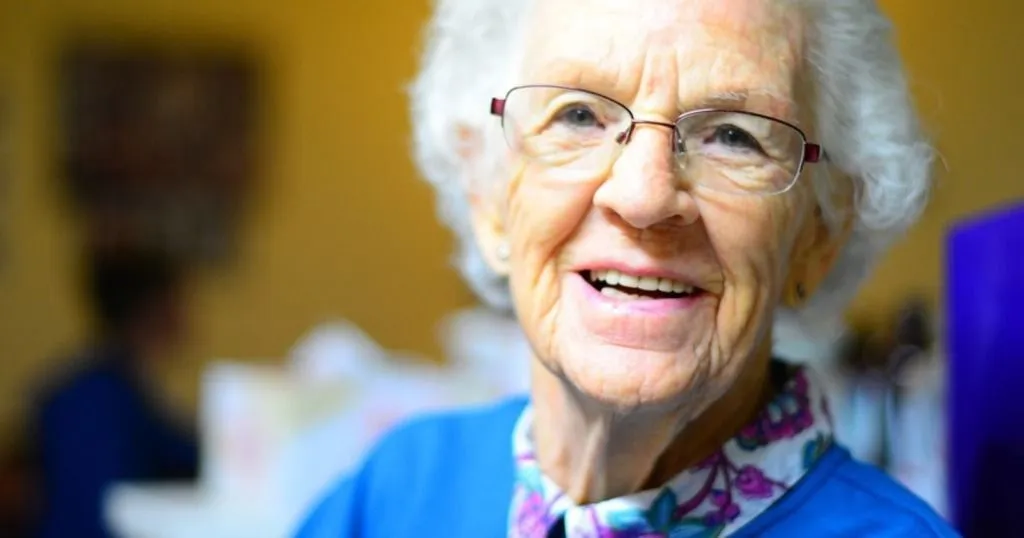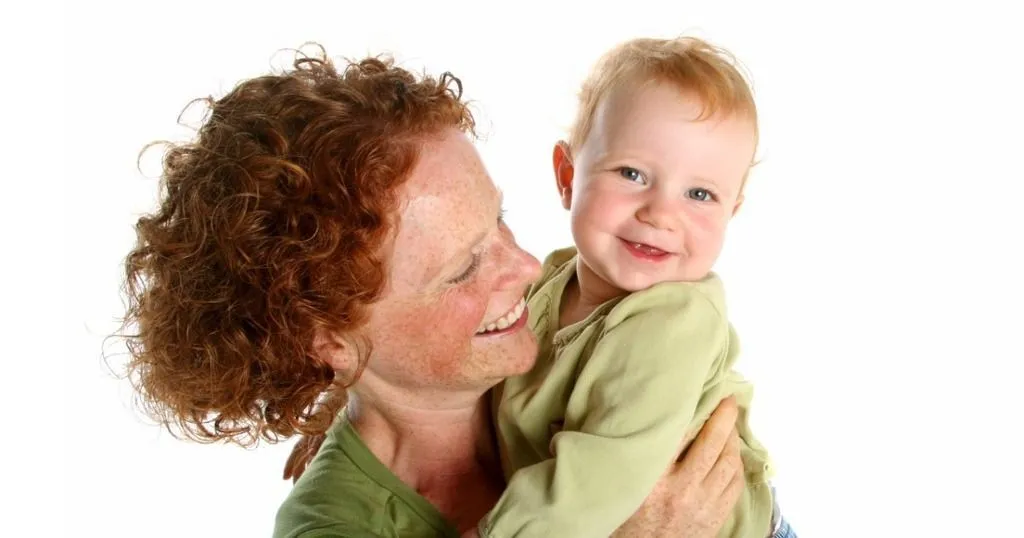In home study of older persons

Older people are healthier these days and like to live in their own homes as long as possible. As a result, the need for home care services is increasing.
Posted by
Published on
Tue 05 Sep. 2017
Topics
| Coding Behavior | Coding Schemes | Communication | Older Persons | The Observer XT | Video Observation | Video Recording |
We all know by now that the number of older persons worldwide is increasing: the proportion of the world’s population over 60 years of age is expected to nearly double by 2050.
Older people are healthier these days and like to live in their own homes as long as possible. As a result, the need for home care services is increasing.
Today’s blog is about a study done in Sweden, where researchers looked into the emotional needs of individuals age 60 and above and the communication processes involved in home care situations.
Recording communication in the home
Annelie Sundler and colleagues explored to what extent people (age 60+) express emotional cues and concerns during home care visits. To find these cues, they asked nurses to make audio recordings. A total of 188 recordings were made.
The verbal communication during the audio recorded home care visits was analyzed using the VR-CoDES. This coding scheme was developed by the Verona network to facilitate comparative research on patients’ expressions of emotional distress during medical consultations. In this context, it facilitates coding the emotions expressed in a home visit.
Download here the Free white paper 'How to set up a coding scheme - 7 tips'
Cues that were coded consisted of utterances related to verbal hints to hidden concerns, words, or phrases that emphasized physiological or cognitive correlates. Also included were neutral expressions that mentioned issues of potential emotional importance that stand out from the narrative background. You can find the complete list in the publication by Sundler and colleagues.
The analysis was performed in The Observer XT coding and analysis software. First, two coders co-coded audio recordings to find an agreement on certain utterances. By discussing ambiguous units of analysis, the coders reached a high level of agreement.
Download here the FREE white paper 'How to set up behavioral coding - 7 tips'How to measure negative emotions
In this study, Sundler and colleagues found that negative emotions were expressed in approximately half of the recorded home care visits. Most of these expressions were vaguely expressed as implicit cues, such as a hint towards uncertainty or to a hidden concern such as “I get so tired of this” or “Yes, I do not know, I do now know how it feels…”.
In order to really recognize these concerns and act upon them, nursing staff should be attentive and open to what comes up in conversations during home care visits. It is important to find out how professionals act upon these subtle messages. What should the next move be? Specific training in this area?
What can you study when recording home care visits on video?
The authors indicate that they could only study verbal communication because they only had audio recordings to work with. Non-verbal communication such as eye contact, stance, and touch were not analyzed.
In-home video observations
Audio recordings are considered less intrusive compared to in-home video observations. However, to gather more information about communication processes, non-verbal behavior cannot be ignored. In the future, researchers will surely also study non-verbal behavior when they get the chance to record behavior on video in a way that is acceptable for the professional, the patient or client, and other stakeholders.
Reference
Sundler, A.J.; Höglander, J.; Håkansson Eklund, J.; Eide, H.; Holmström, I.K. (2017). Older persons’ expressions of emotional cues and concerns during home care visits. Application of the Verona coding definitions of emotional sequences (VR-CoDES) in home care. Patient Education and Counseling, 100, 276-282.
VR-CoDES papers
- C. Zimmermann, L. Del Piccolo, J.M. Bensing, S. Bergvik, H. De Haes, H. Eide, I. Fletcher, C. Goss, C. Heaven, G. Humphris, Y.M. Kim, W. Langewitz, L. Meeuwesen, M. Nuebling, M. Rimondini, P. Salmon, S. van Dulmen, L. Wissow, L. Zandbelt, A. Finset, Coding patient emotional cues and concerns in medical consultations: the Verona coding definitions of emotional sequences (VR-CoDES), Patient Educ. Couns. 82 (2011) 141–148.
- L. Del Piccolo, A. Finset, C. Zimmerman, Verona Coding Definitions of Emotional Sequences (VR-CODES): Cue and Concerns Manual 2009, European Association for Communication in Healthcare (EACH), 2009.
Related Posts

How maternal responses support child language development in adversity

A-bad-influence: Parent substance use disorder and child outcomes

